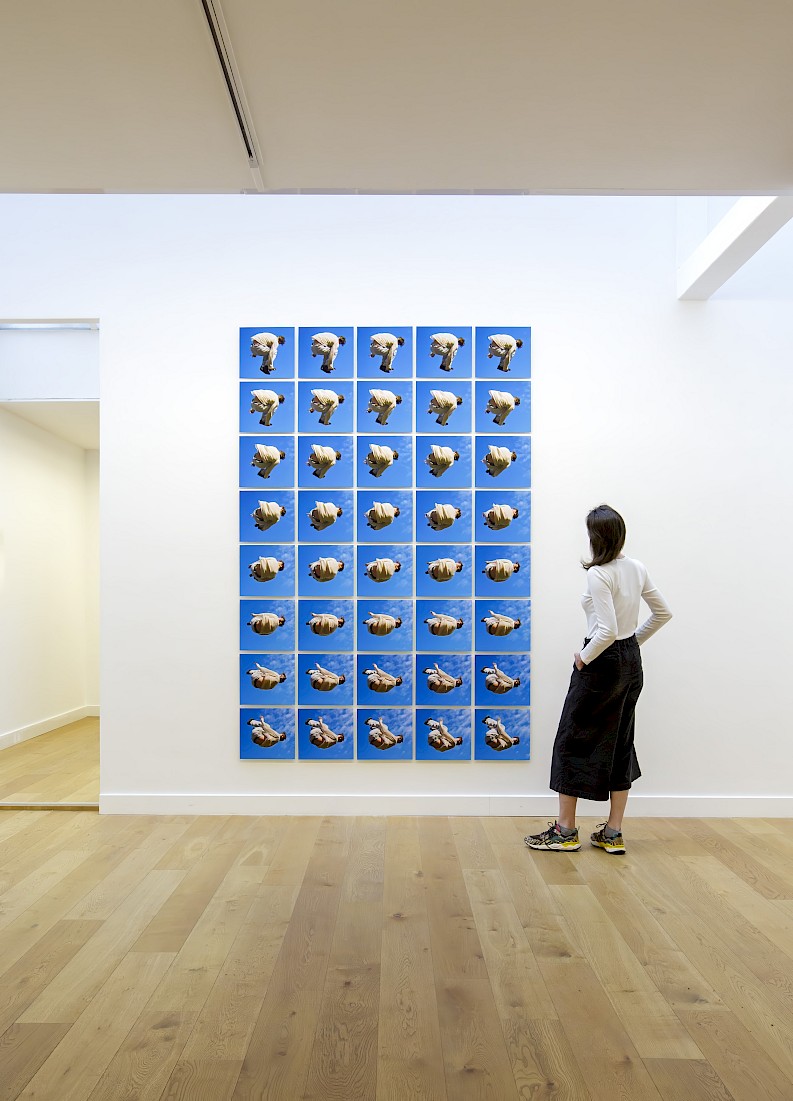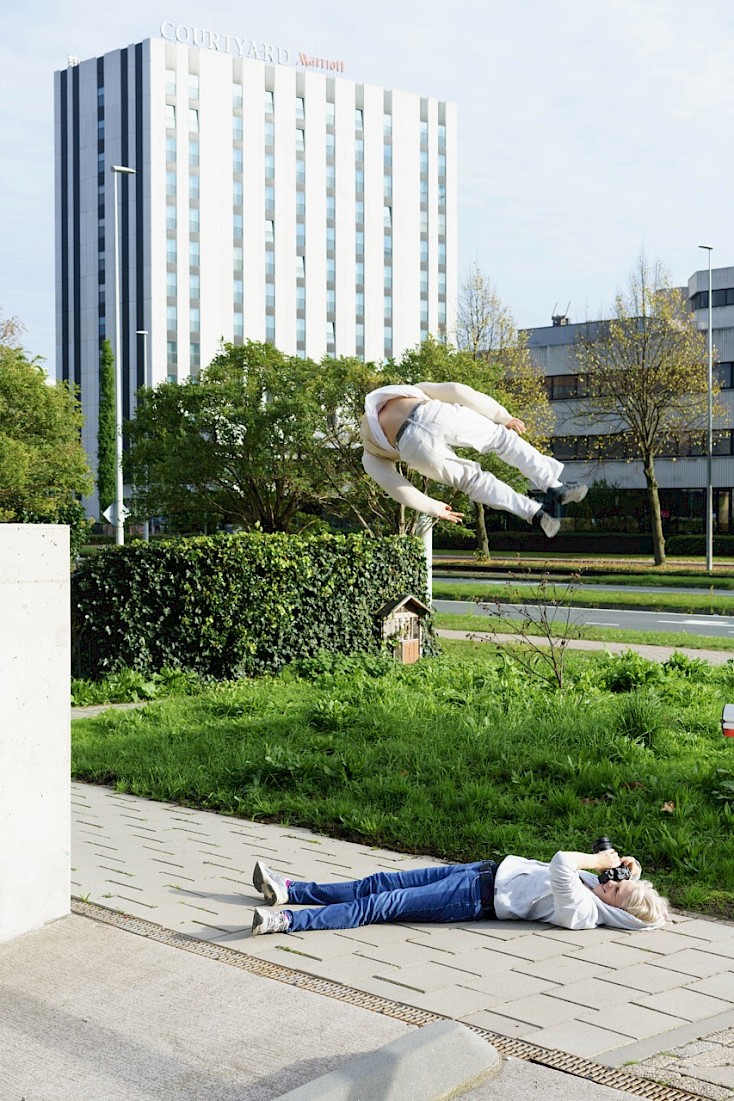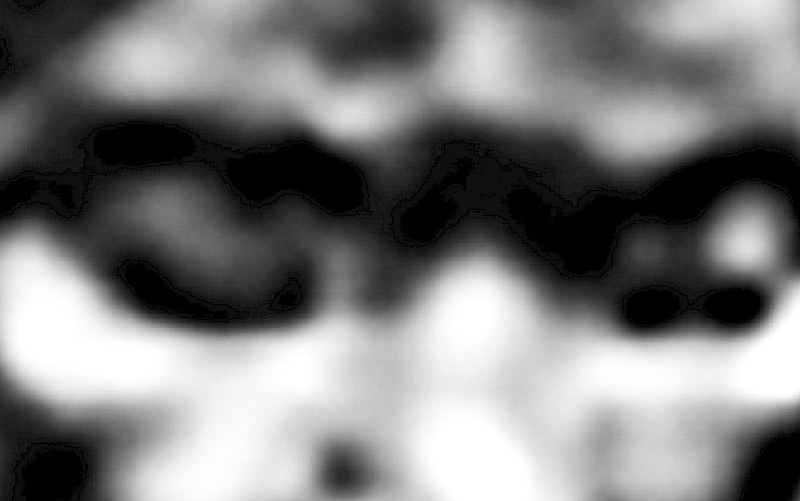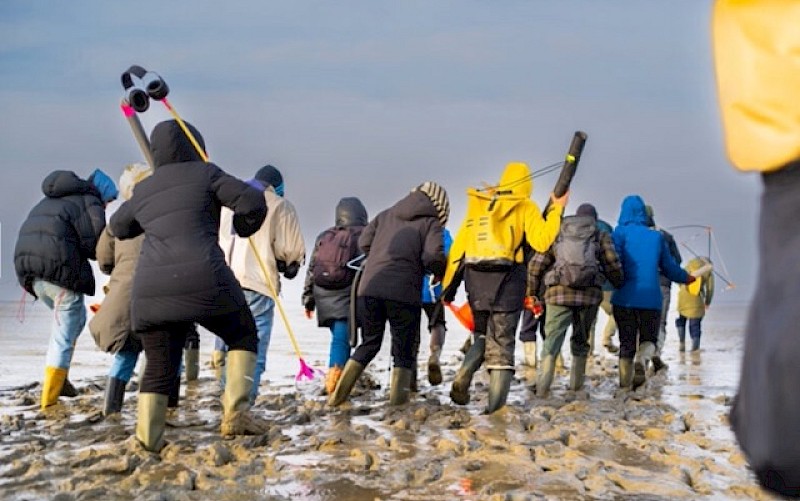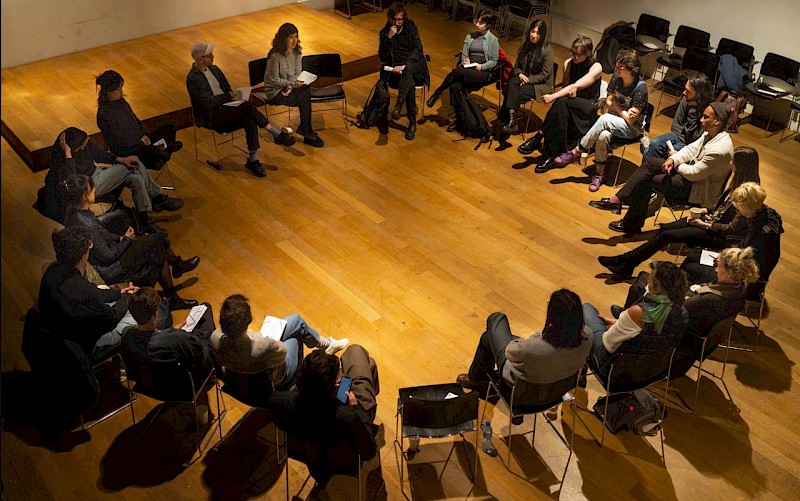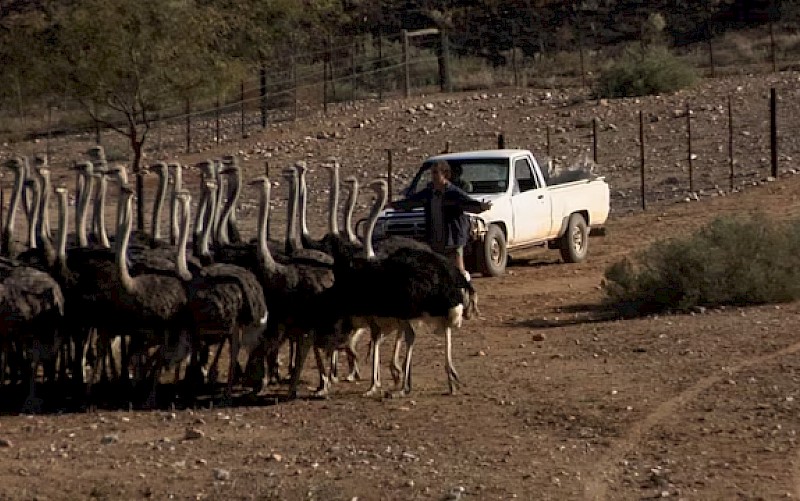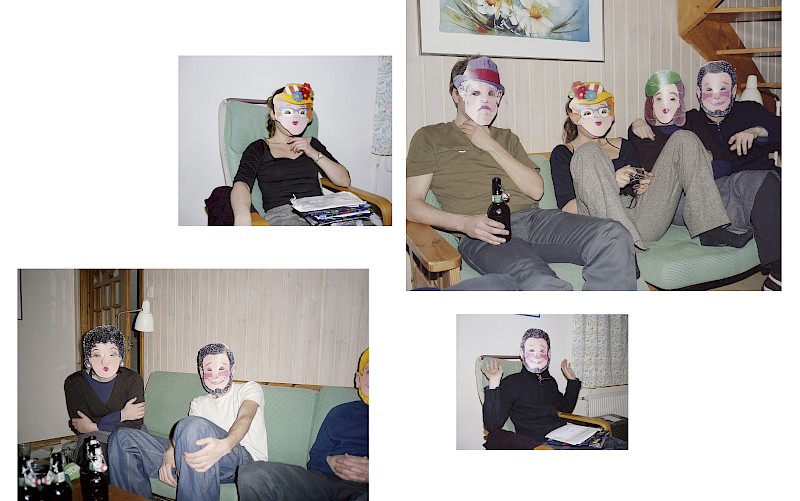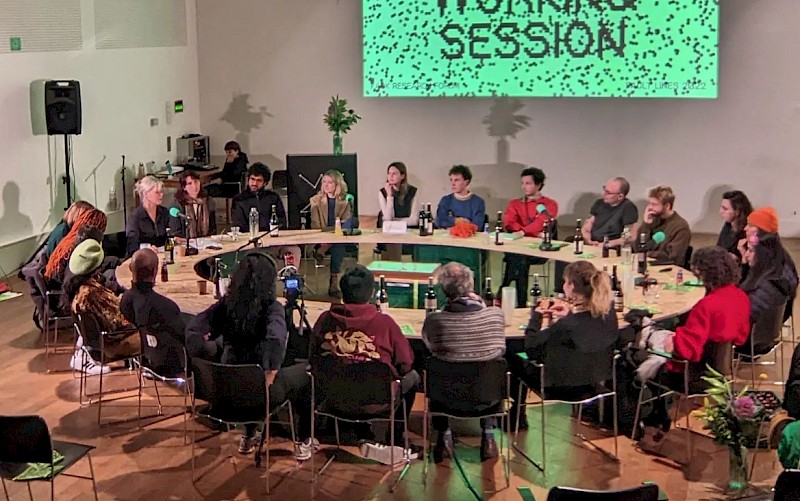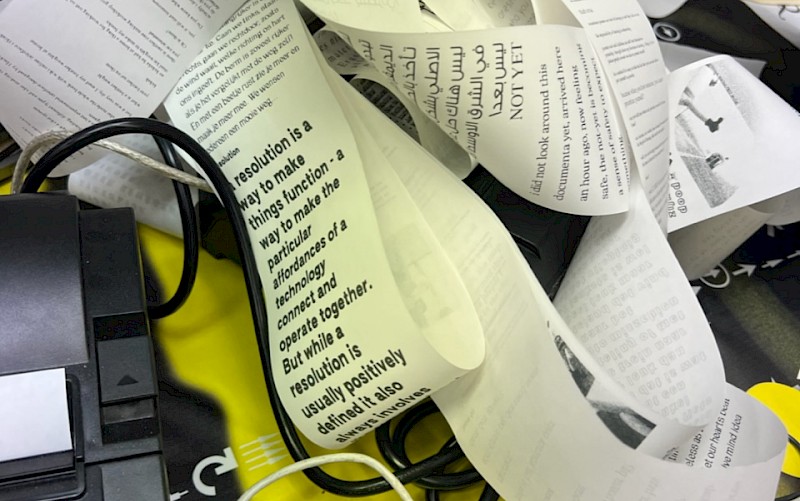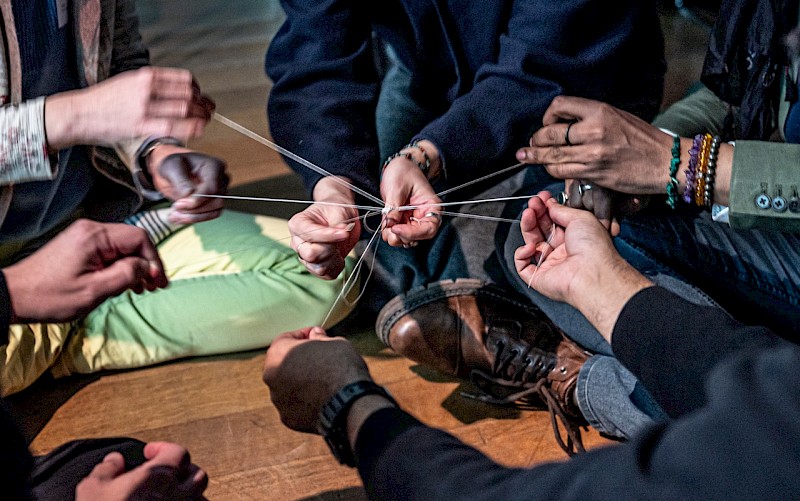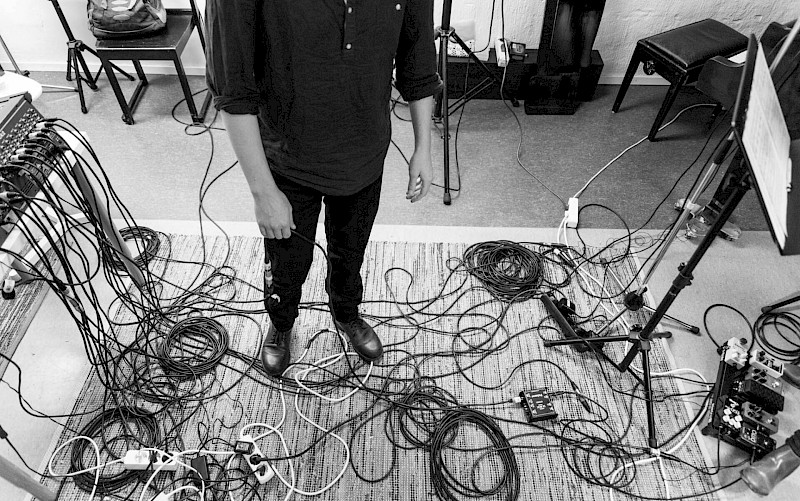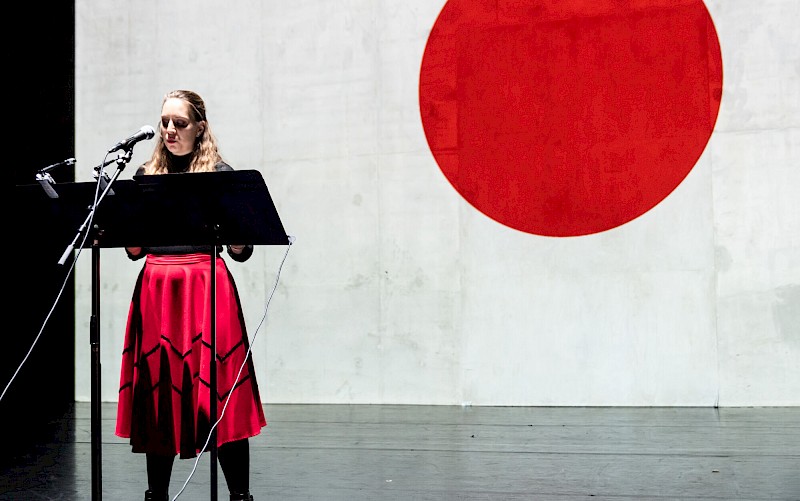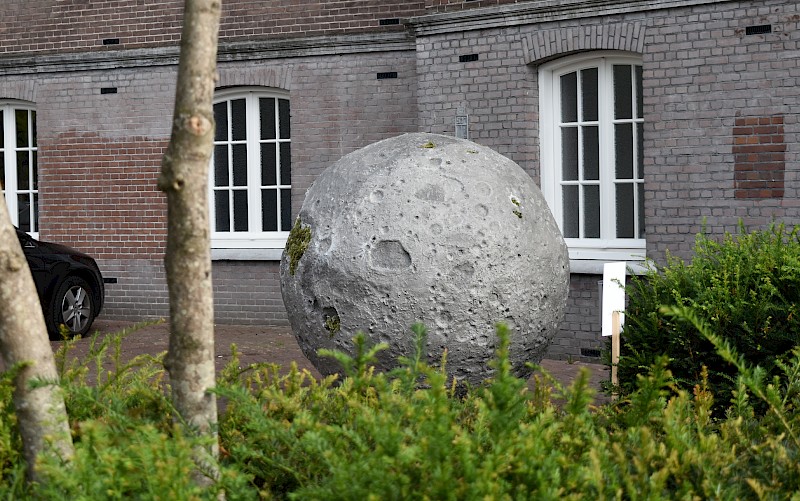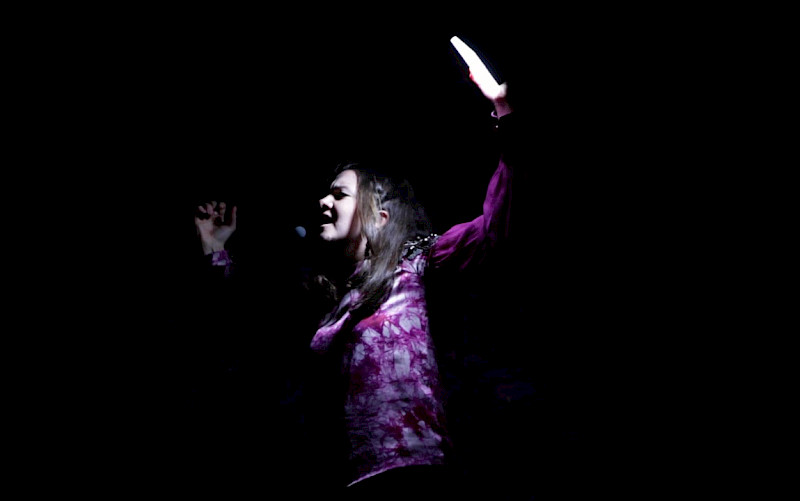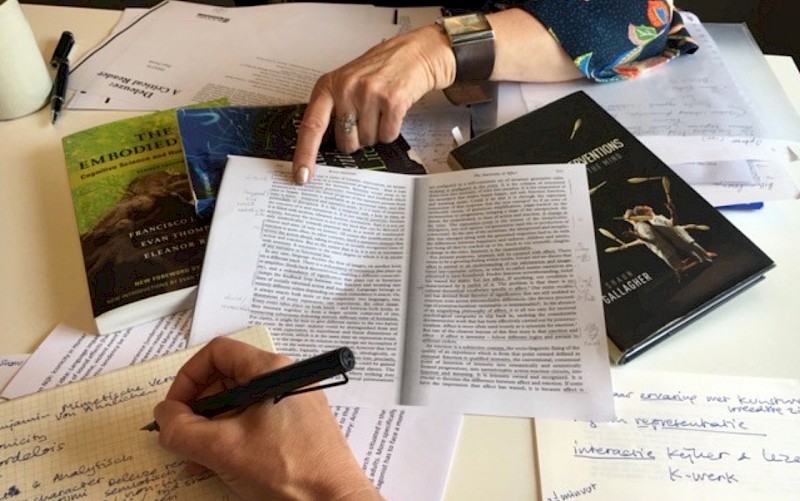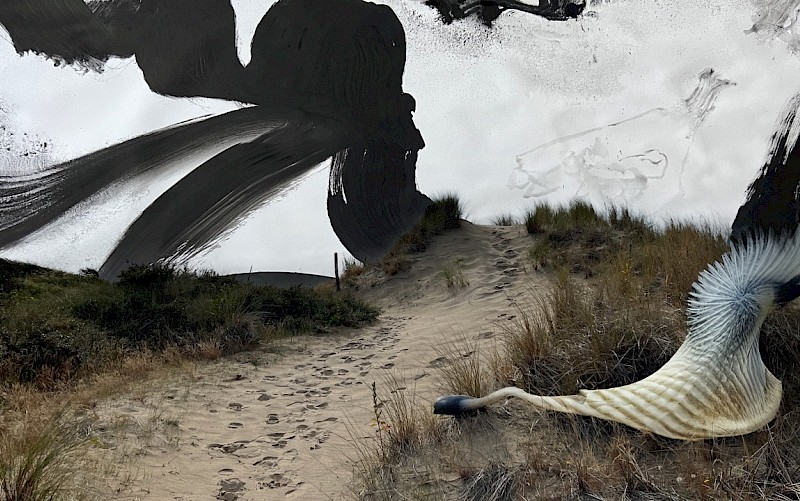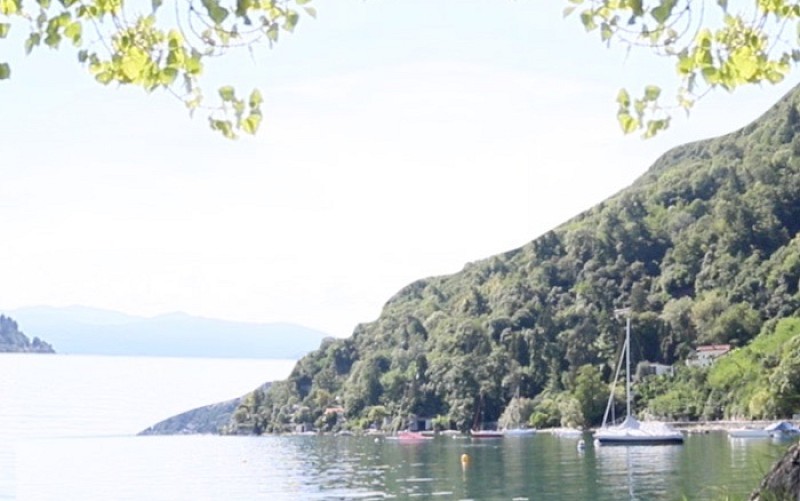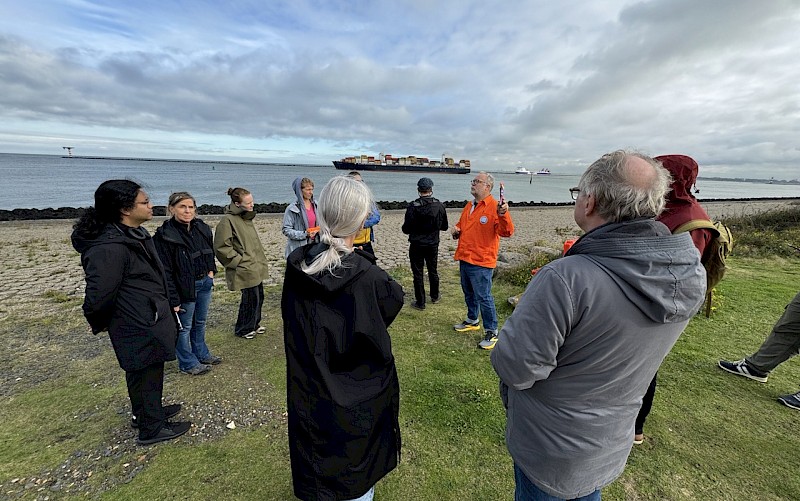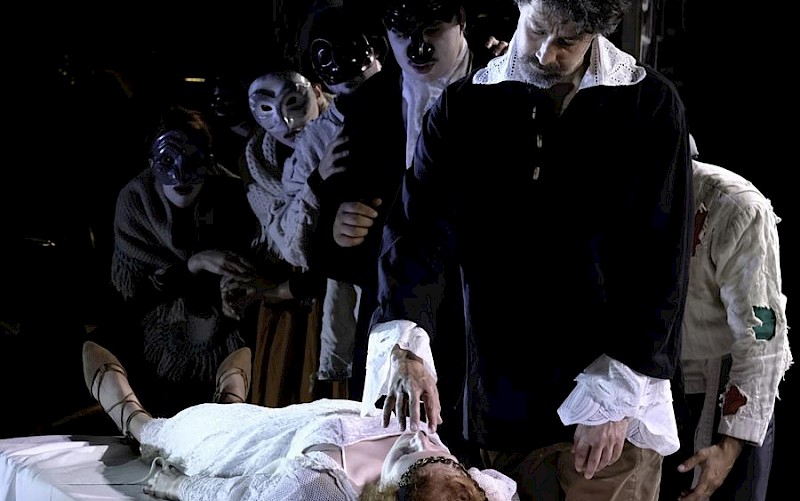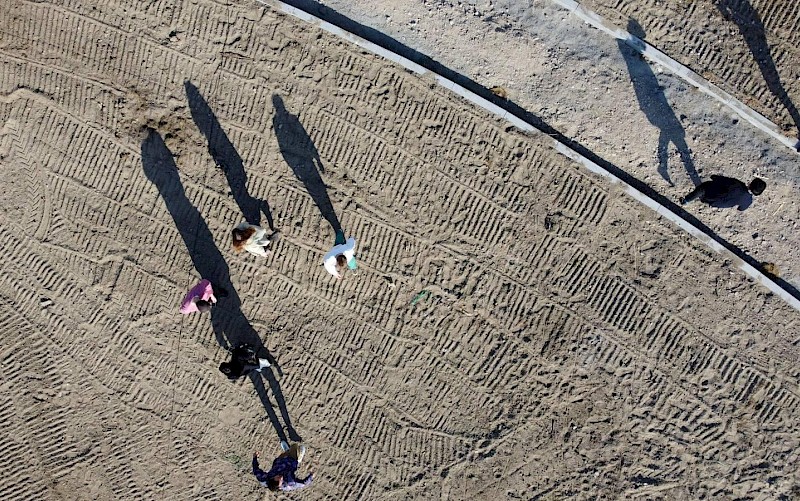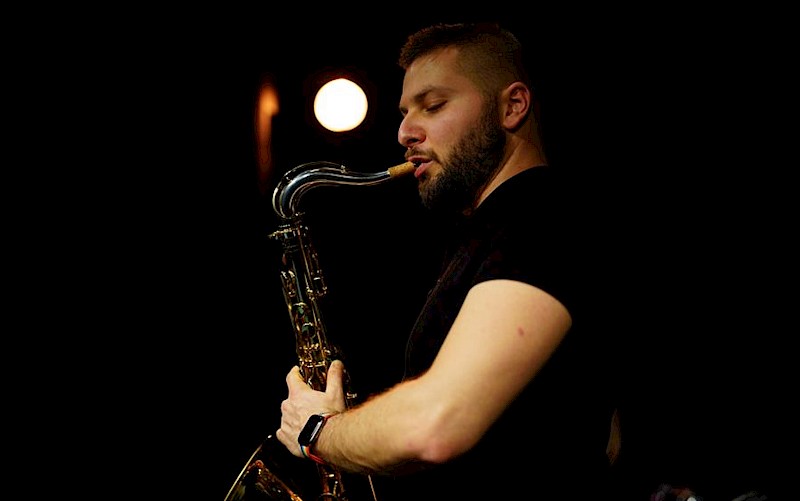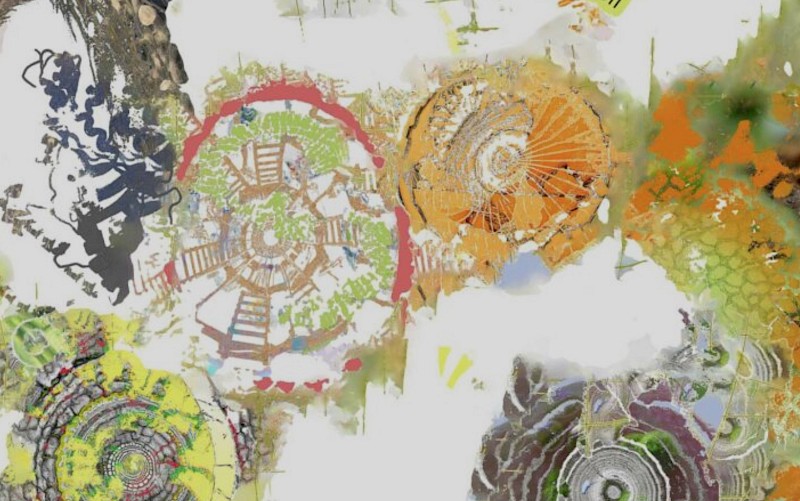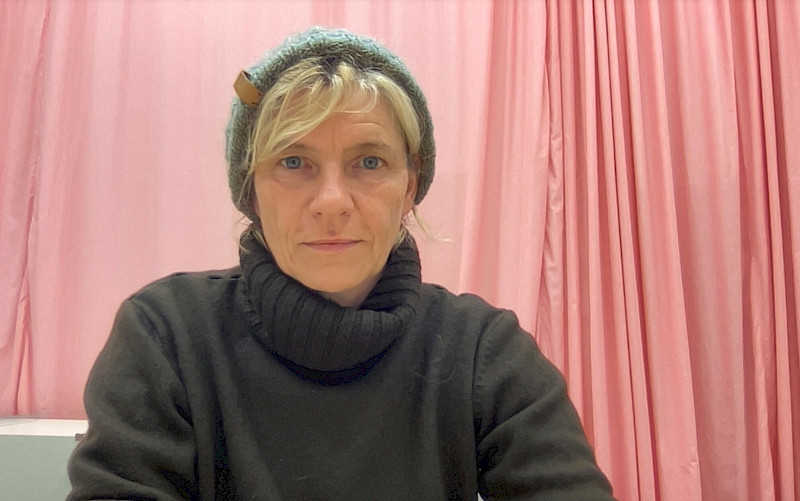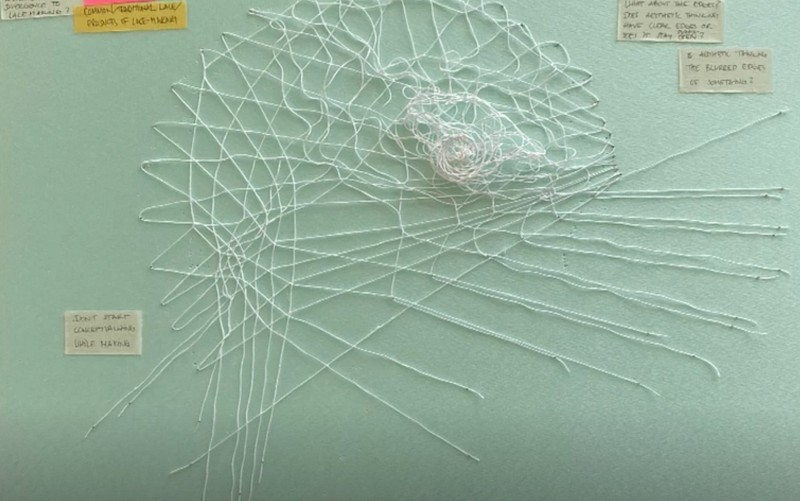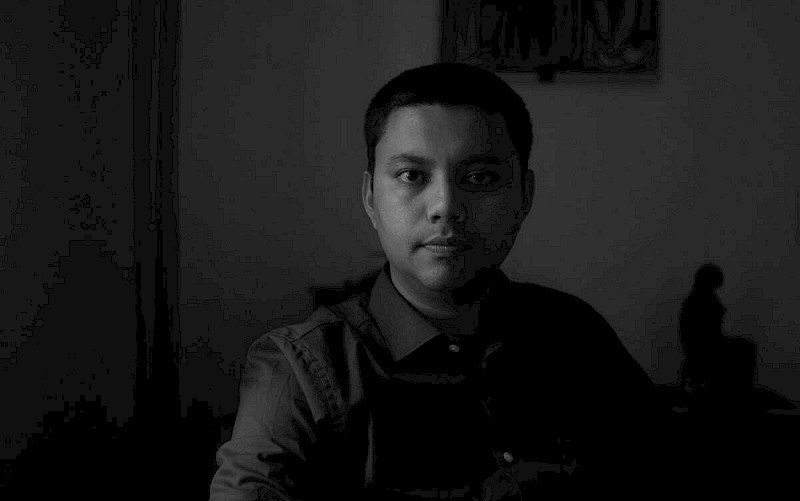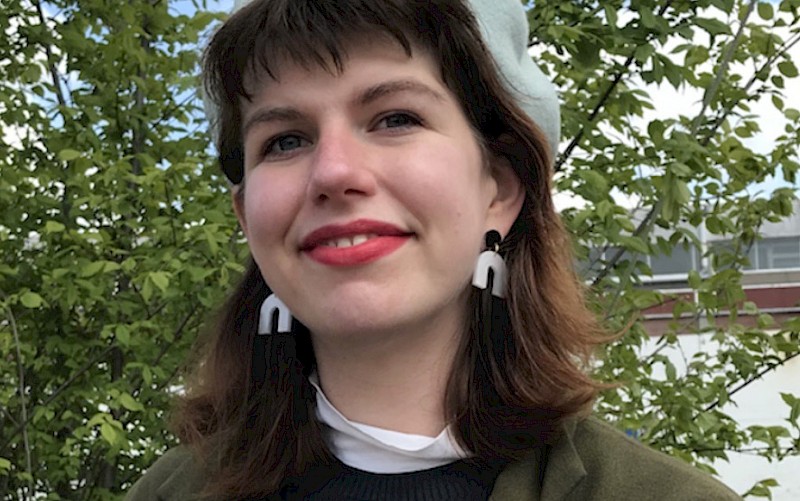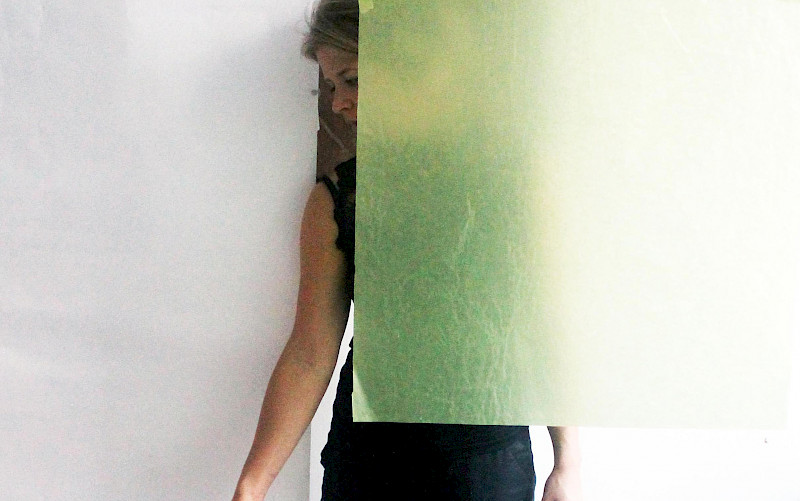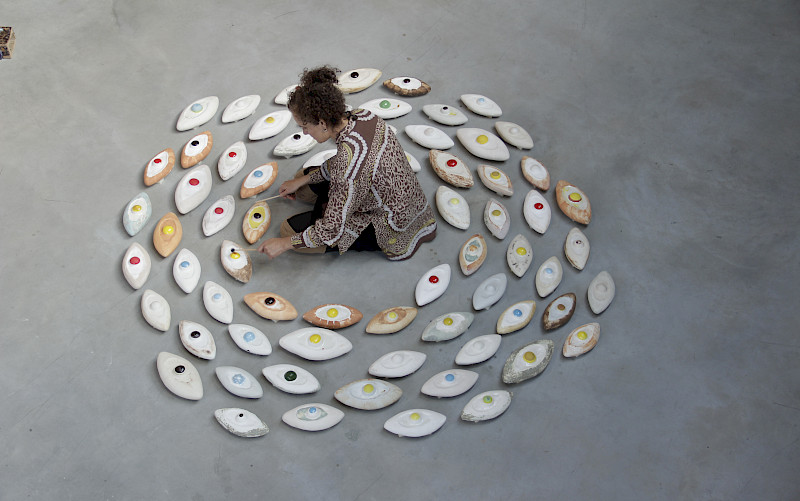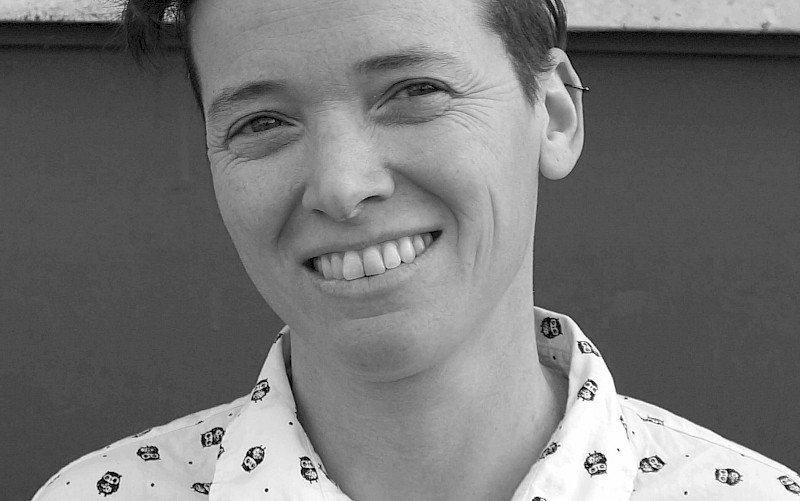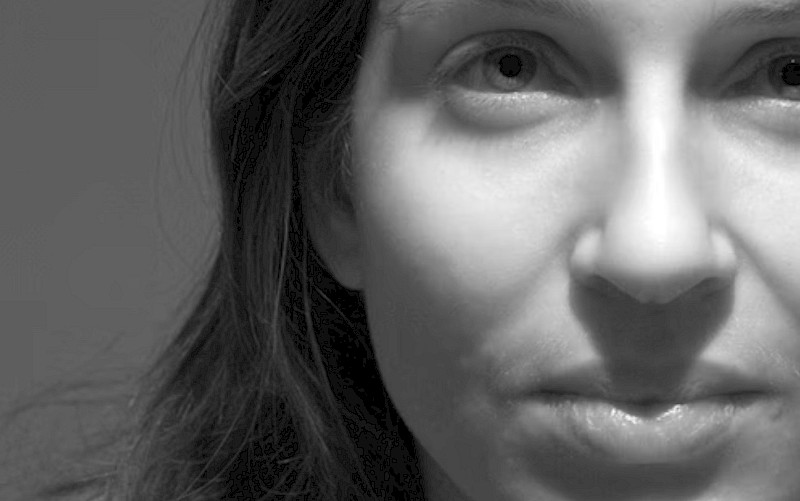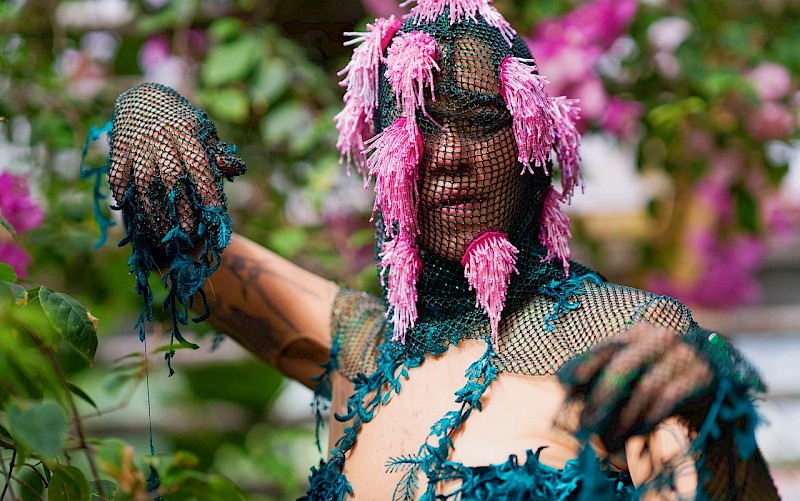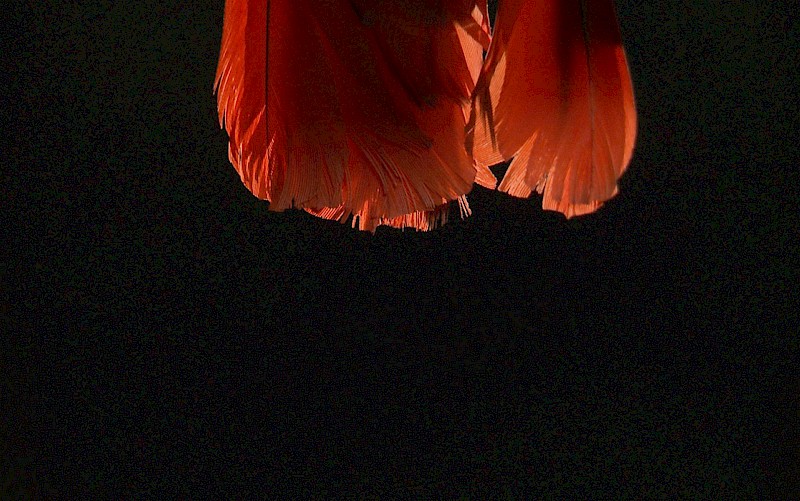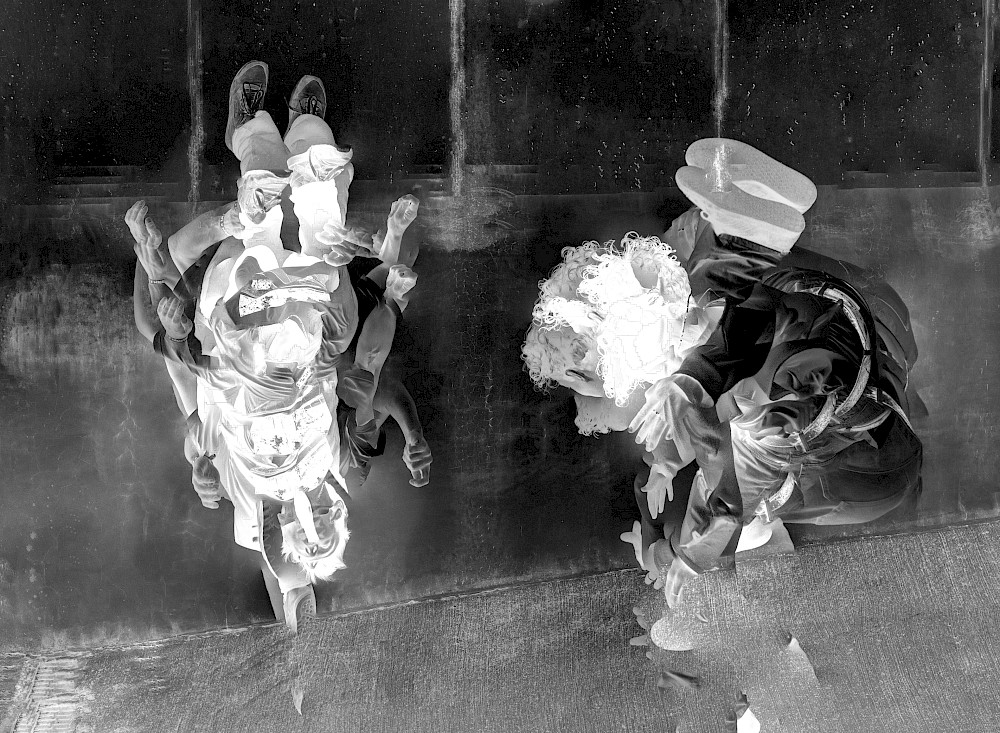
Imaginary Times: Temporal Dimensions in Virtual Photography in and through Artistic Practice, Research and Teaching
In this session, artist and KABK tutor Katrin Korfmann discusses the connection between her artistic practice, research, and teaching, and shares her experiences with preparing for a PhD in and through art/design.
In a time of visual acceleration, pictures processed by machines contribute to the design of communities and redefine our perceptions of the world. In the age of virtual societies, machine learning, and AI, photographic technologies do not simply represent time, but produce and perform it—fabricating visual temporalities through algorithmic and composite image practices.
Through artistic research, photographing, image processing, and publishing, Imaginary Times examines the relationship between contemporary photographic technologies and the creation, depiction, and perception of temporality in images.
Considering photographic time as encompassing more than just exposure time, this research investigates the current relationship between time and the photographic. It identifies three distinct but interconnected temporalities through which the photographic operates today:
- The ‘temporality of making’, encompassing both photographic practice and photographic technology, such as continuum of production, composite time, and algorithmic training time.
- The ‘temporality of representing’, manifest in the image or code, for example as bent, asynchronous, or multi-temporal time.
- The ‘temporality of experiencing’, emerging through the viewer’s perception, cognition, and navigation of digital and photographic imagery over time.
As modernity gave rise to photography, a time when technological development accelerated and photography could seemingly stop time, Imaginary Time asks what photographic temporality means in the age of machine learning—when the speed of optical-mechanical photography has been replaced by digital real-time, and the photographic appears as algorithmically driven code representing navigable imagery from multiple perspectives.
